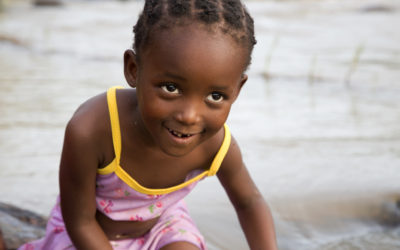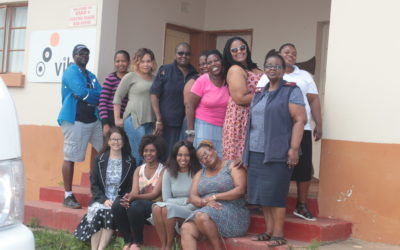Press
A core objective of BRIGHT Academy is to share our results, progress, and to increase the knowledge about Bilharzia.
In order to see the latest news about BRIGHT Academy: News section
Do you want to know what we are doing?
Follow us on Twitter.
A collection of high resolution downloadable photographs of the people of BRIGHT and our work can be found in our photo gallery.
For more questions please contact our communication officer:
Ida Amelie Mayes: [email protected]
South Africa no: (+27) 76 692 819
Norwegian no: (+47) 906 56 702
Follow on social media
Although the situations portrayed on this website are typical of the research none of the persons in this website are research patients (study participants). None of the persons portrayed in the treatment and investigative situations are minors. They have kindly given their permissions to publish the images.
Kinldy credit photographer Håvard Holme.
Female Genital Schistosomiasis at an HIV conference
Adolescent young women are still becoming HIV positive at an alarming rate and the HIV community has classified them as a so-called “key population”. It is crucial that the HIV community also tackles Female Genital Schistosomiasis (FGS) and it was therefore a pleasure to see the World Health Organisation (WHO) at an HIV conference talking about FGS. Dr. Catherine Sozi, UNAIDS and Dr. Meg Doherty, the WHO Coordinator for HIV/AIDS Treatment and Care in Geneva, spoke at length about FGS as a risk factor for HIV. The ICASA 2017 presentation in Abidjan may bear tidings of a new era for young adolescents living in rural... read moreThe first 1000 days
“The first 1000 days: from the mother’s womb to infanthood is an important but often forgotten period of the pathway to a healthy life”. In Lancet Infectious Diseases Dr Joseph Freer and colleagues today describe the effect of schistosomiasis during the first 1000 days-the period from conception to a child’s second birthday. These days can have lifelong effects on health, because this is a crucial phase of growth and development. There is increasing recognition of the burden and potential effects of schistosomiasis in women of reproductive age and young children. Exposure to schistosomes during pregnancy can modulate infant immune development and schistosomiasis can occur from early infancy, such that the high disease burden found in adolescents is often due to accumulation of infections with long-lived schistosomes from early life. Women of reproductive age and young children are largely neglected in mass drug administration programmes, but early treatment could avert subsequent disease. We evaluate the evidence that early schistosomiasis has adverse effects on birth, growth, and development. We also discuss the case for expanding public health interventions for schistosomiasis in women of reproductive age and preschool-age children, and the need for further research to evaluate the potential of treating women pre-conception to maximise health across the life course. The Lancet Infectious Diseases: DOI:... read moreRural field work
Marking 5 years of clinical research in Ilembe the team is closing for the exam period. “We have recently seen very severe cases of Female Genital Schistosomiasis (FGS)”, says Nurse Nombeko Mpofana (right). “Some have no choice but to use the river for laundry and personal hygiene”. She is one of the senior nurses who have come out of retirement to be a youth research nurse. Staff members may work as drivers who fetch young women in schools, or interviewers and HIV counsellors who can handle sensitive issues, there is a teen liaison officer who is a “mother” in the waiting room, and the fact verification officer and the data manager make sure that the collected data makes sense. “The research team has two major goals”, says Sister Mpofana, “namely to make sure our study participants are treated well and we provide reliable information”. The research in adolescents roughly covers 4 areas: (1) Biharzia as a risk factor for HIV. (2) Staging the disease: what is going on at different time points (3) Diagnosis at the point of care (4) Treatment. Read more... read moreNo Results Found
The page you requested could not be found. Try refining your search, or use the navigation above to locate the post.



